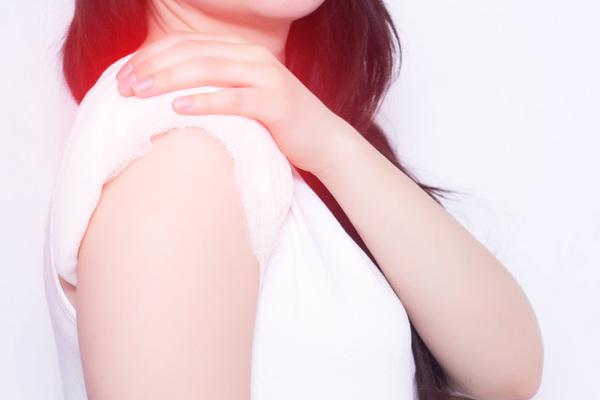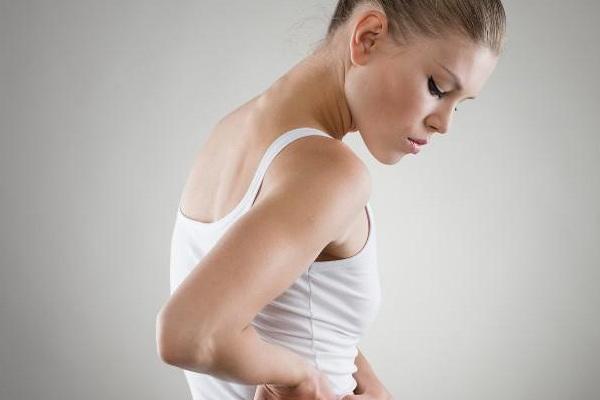Degenerative joint disease (arthrosis) develops slowly. However, while it was once considered a chronic disease of older people, it is now increasingly affecting even 20-, 30-, 40-year-olds. This may be genetically: in some, articular cartilage is weaker and wears out faster.
However, these changes are usually the result of poor lifestyle choices. Joints are damaged when walking on a hard surface. They also wear out faster if: we hold them in one position for a long time, for example, sitting, standing or lying; we play too intensely in sports (like running long distances for years), we burden them with hard work. What should we worry about?
The first symptoms of arthrosis

In the cervical spine – pain and stiffness in the neck, weakness, numbness, stiffness in the shoulder.
In the joints of the lumbar region – pain, most often when changing position.
There is a slight swelling in the knee joint that impairs mobility. The pain, initially mild, gets worse over time. Aggravated by straining, prolonged walking and frequent bending of the leg. Then it dies down, but when it comes back it gets longer each time.
Stiffness in the hip joint, difficulty walking. Pain not only in the thigh, but also in the groin, inner thigh, buttocks, or knees.
In the small joints of the hands – the fingers are enlarged and tubercles, can hurt, numb or numb.
Arthrosis care
Diagnosis is by X-ray and ultrasound examination of the joint. The condition of the articular cartilage should be assessed, and any bone growths should be identified.
After the diagnosis is made, the doctor will prescribe anti-inflammatory and pain relievers. If anti-inflammatory treatment does not help relieve the swelling, your doctor may use a syringe to remove the excess synovial fluid. Medicines are also prescribed to relieve muscle tension. In order not to overload the joint, you should take care of the correct body weight.
Unfortunately, it is impossible to completely cure a degenerated joint, but its destruction can be slowed down. Rehabilitation uses manual therapy, massage, exercise therapy and treatment for colds.
Joint pain and stiffness can be relieved with warmth, such as warm towels, hot water bottles, and compresses. Swelling, pain, and numbness are relieved with cold compresses and ice packs. But the doctor must decide which therapy is best for us: warm or cold.
If the disease is not started, the doctor injects hyaluronic acid into the joint. This substance moisturizes regenerates, lubricates and protects the surface of the articular cartilage.
Surgical treatment is used in the presence of osteophytes that impede the movement of the joint, and in case of complete damage to the cartilage in the knee or hip joint. This requires replacing it with an endoprosthesis.








